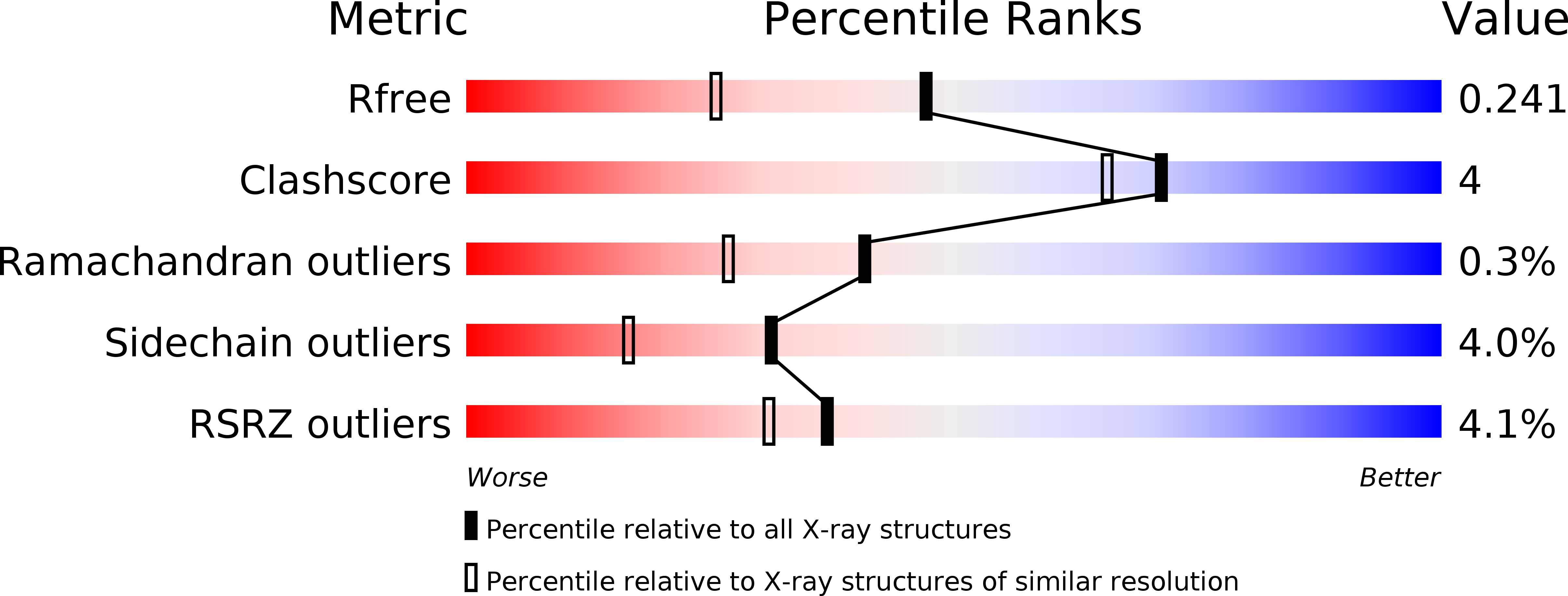
Deposition Date
2010-08-10
Release Date
2010-12-08
Last Version Date
2023-09-06
Entry Detail
PDB ID:
3OCH
Keywords:
Title:
Chemically Self-assembled Antibody Nanorings (CSANs): Design and Characterization of an Anti-CD3 IgM Biomimetic
Biological Source:
Source Organism:
Escherichia coli (Taxon ID: 83333)
Host Organism:
Method Details:
Experimental Method:
Resolution:
1.79 Å
R-Value Free:
0.24
R-Value Work:
0.20
R-Value Observed:
0.20
Space Group:
P 61


